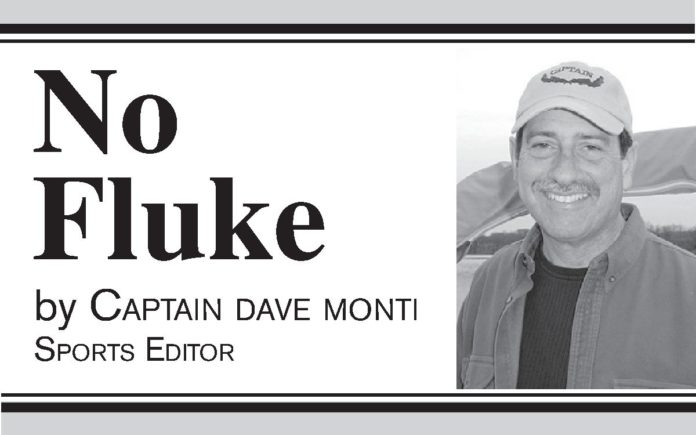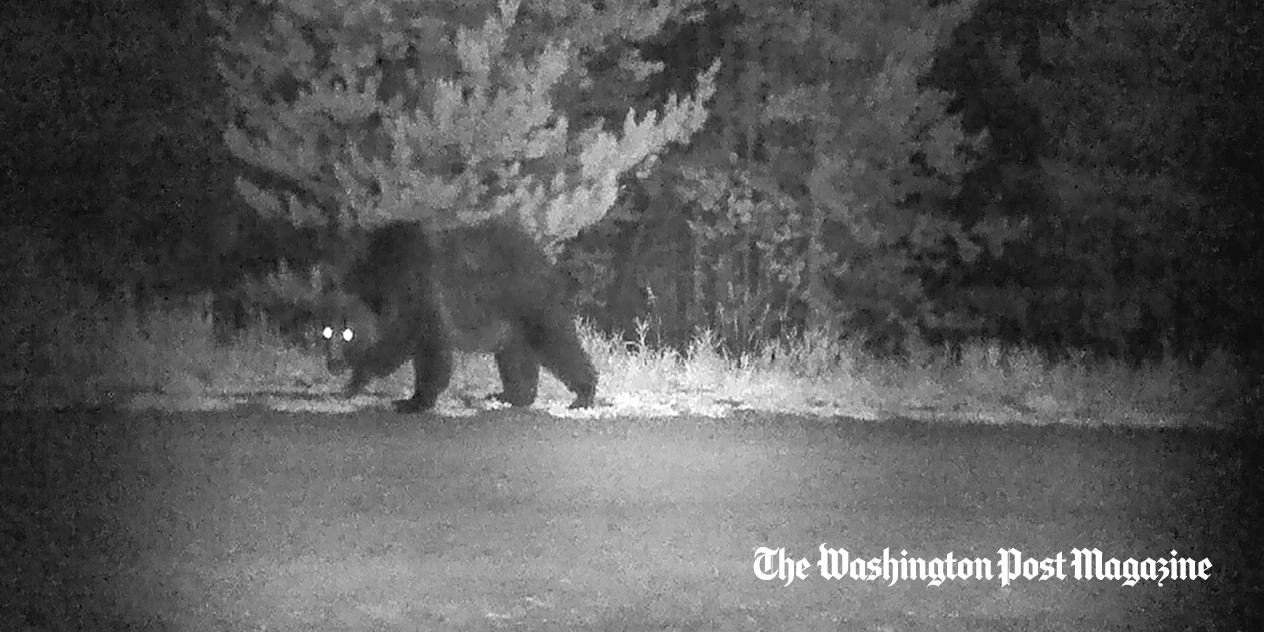It’s the Holidays. Time to be thankful for the fish, take stock and assess the fishing for the year as we look forward to 2023.
First, I am thankful for the privilege to fish and take people fishing, get paid for it as a charter captain and then write about it. For me it does not get any better.
And, this year, like most years, some fish species were hot and others were not.
The fall tautog bite was outstanding again this year just as it has been good for the past three years. Not only was the tautog fishing good with anglers catching their limit, but the fish were very large too.
Scup fishing was good too. With 15-inch fish and larger being caught in our Bays, along the coast and offshore just about anywhere there was structure and water movement. And, the striped bass bite was good this year just about everywhere for school baas, slot fish (28” to <35”), and above slot size fish.
Climate change is impacting our fishing. A climate related impact we have experienced in Rhode Island and Massachusetts for the past three years is an excellent inshore tuna bite. The bait or forage tuna like to eat i.e. mackerel, herring, Atlantic menhaden, squid, bluefish, butterfish, false albacore and a host of others have been in our area in great abundance due in part to warming water. So the bluefin and yellowfin tuna have been here dining on these robust bait profiles along with large pods (hundreds) of porpoise and dolphin this summer.
This year the giant bluefin tuna bite was strong and close to shore. For example, 30 bluefin giants were caught on Sunday, Sept. 11 off Newport and at Scarborough Beach, Narragansett.
The two disappointments this year were black sea bass and summer flounder (fluke). It was difficult to catch keeper black sea bass in the Bays and along the costal shore with a fair bite for large fish offshore. And once again this year, like last year, the summer flounder fishing was sporadic at best.
Looking forward to a great 2023 fishing season.
Meeting on wind farm
export cable to Quonset Point
At press time, the RI Coastal Resources Management Council (CRMC) was schedule to meet Tuesday night to discuss export cables connecting the Revolution Wind Farm with Quonset Point. The CRMC staff filed a report on its recommendations to the Council concerning the cable run.
Here are some highlights of the testimony I planned to give on Tuesday.
We need the Revolution Wind Farm and this cable run to the mainland to help stem the tide on climate impacts.
However, should we allow it to be built without doing everything in our power to protect fish and habitat? In the very place that thousands of Rhode Islanders and visitors fish each year.
We need all the safeguards, and all the research conducted before, during and after construction to make sure this cable run is having no unexpected impacts of fish and habitat.
Anglers are concerned about possible negative impacts of Electromagnetic Fields (EMF). They are concerned about fish and habitat rebounding after the disturbances created by submarine cable installation, and they are concerned about a research and monitoring plan to make sure submarine cables stay buried and do no harm.
Cables are not new to the West Passage. In fact surveys have revealed a number of places were the submarine cable will rise to avoid existing cables so we need a plan to bury them as they rise with enhanced structure on top.
We do not have any idea how EMF may or may not impact the fish in the West Page. The science we do have at the Block Island Wind Farm via a seven year trawl survey conducted before, during and after construction had no negative impacts of fish abundance. In fact there was a greater abundance of cod and black sea bass in the wind farm compared to two control areas outside the wind farm. This enhanced abundance occurred right where the cables were laid and the study had trawls going over the cables weekly at Block Island.
I was pleased to see mitigation and safe guards in CRMC’s staff report, particularly the “recommended stipulations” section.
Stipulations including a cable burial work plan, construction schedule and time of year restrictions to avoid peak fishing, a cable burial plan and secondary cable protections for when the cable needs to rise, a plan to monitor possible EMF, a boulder relocation plan, as well as an environmental monitoring program that all contribute to a staff recommendation that the developer will engage.
Moving forward I believe that CRMC should approve this cable installation plan with all the stipulation measures noted by staff.
I believe there will be no long term impacts on fishing and habitat if this project is built responsibly as outlined. I believe there will be no negative impacts on recreational fishing.
Thank you for the fine work the Council and staff have done on this project and all offshore wind projects. And thanks for the opportunity to comment.
Dave Monti holds a captain’s master license and charter fishing license. He serves on a variety of boards and commissions and has a consulting business focusing on clean oceans, habitat preservation, conservation, renewable energy, and fisheries related issues and clients. Forward fishing news and photos to dmontifish@verison.net or visit www.noflukefishing.com.
Credit: Source link































